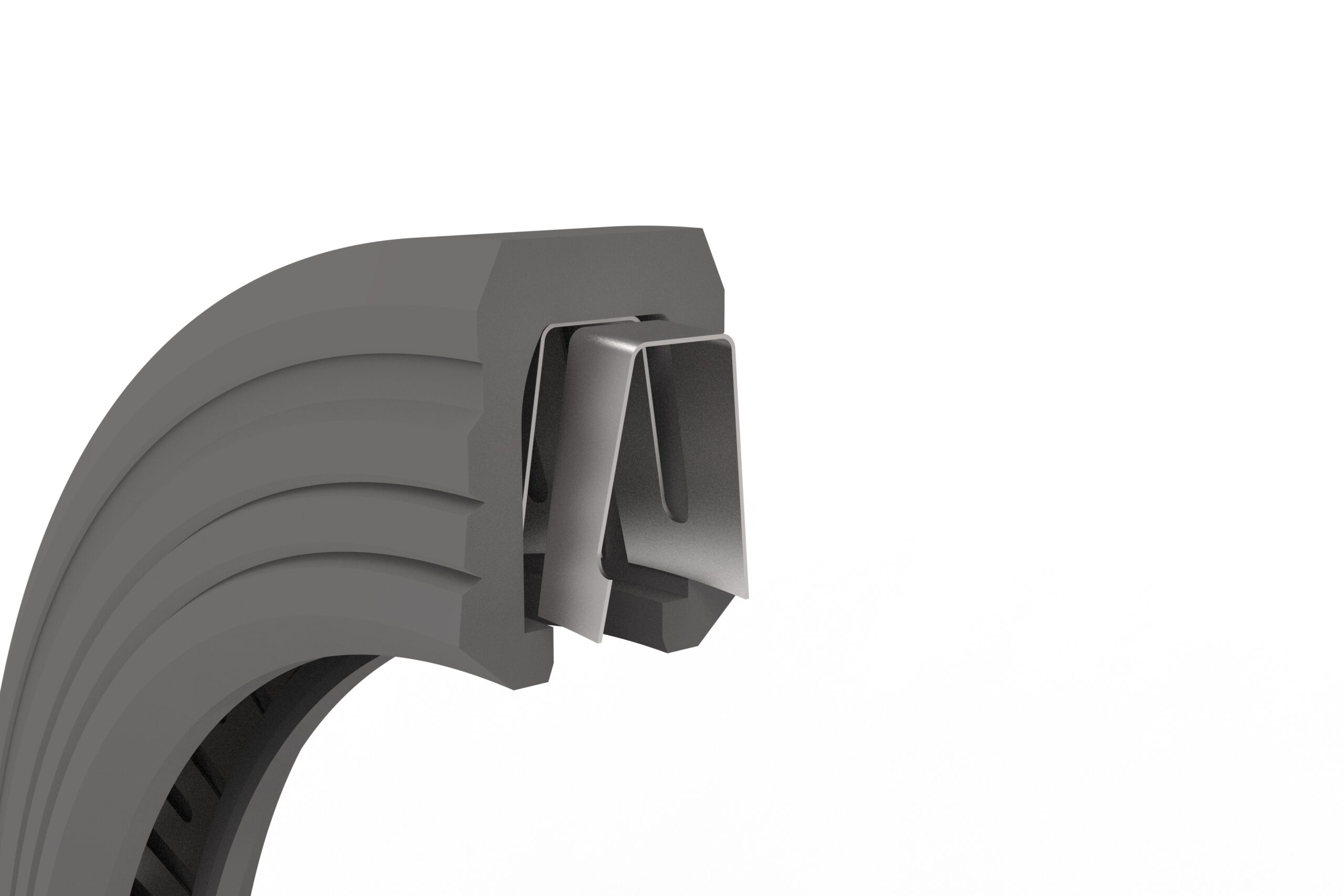
Dynamic seals are integral components of modern machinery and equipment, providing critical functionality in a wide range of applications. These seals are designed to contain fluids, prevent leakage, and exclude contaminants in systems where parts are in motion relative to each other. Unlike static seals, which function between non-moving components, dynamic seals are utilized in environments where motion—either rotary, reciprocating, or oscillating—is present.
The effectiveness and longevity of dynamic seals depend on several key factors, including material selection, design intricacies, and the specific operating conditions they are subjected to. Materials such as polyurethane, rubber, and PTFE are commonly used in dynamic sealing applications due to their resilience, wear resistance, and compatibility with different fluids and operating temperatures. The design of dynamic seals is equally crucial, with profiles and shapes engineered to optimize sealing performance while minimizing friction and wear. These design considerations ensure the seals can withstand the rigors of their operating environment, from high pressures and temperatures to varying speeds and loads.
Dynamic seals find applications across a broad spectrum of industries, including automotive, aerospace, hydraulics, pneumatics, and many others, underscoring their versatility and critical role in modern technology. The selection of a dynamic seal involves a careful analysis of the application requirements to ensure optimal performance, durability, and efficiency of the machinery or equipment in which they are installed.
Dynamic sealing types include: Rod Seals, Piston Seals, Rotary Seals, Guide Rings (Wear-Rings), Wipers, and Buffer Seals.
Below is a list of some of our most popular sealing products for Dynamic Applications:
